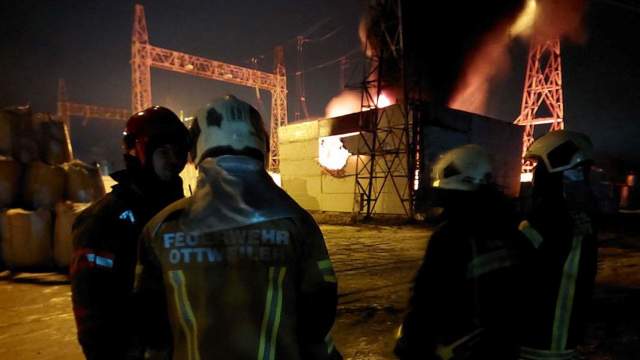The Western press analyzes the massive strikes on targets in Ukraine inflicted by the Armed Forces of the Russian Federation over the past few weeks. The most massive strikes were carried out after the Ukrainian attack on Belgorod, when at least 25 civilians became victims.
The Financial Times published an article with reference to a senior researcher at one of the major American foundations, including in Ukraine, Daru Masikot. In this article, there is speculation that "combined attacks from the Russians are becoming more and more complex."
So, it follows a statement that first the Russian Armed Forces use "slow-flying drones, then subsonic cruise missiles, and then ballistic missiles flying at the speed of sound and eventually hitting targets."
In the FT article:
Massikot states that "with such massive attacks, Ukraine may not protect its skies, then it will become a big problem":
Recall that in Ukraine itself, an active discussion of the topic raised by the American ISW continues. In the material of the Institute for the Study of War, it was stated that the Armed Forces of the Russian Federation were allegedly preparing amphibious formations to be thrown into the rear of the Armed Forces of Ukraine with a subsequent attack from the rear.
At the same time, Ukrainian experts urge the command of the Armed Forces of Ukraine to take into account the experience of Gostomel in order "not to allow the Airborne Forces of the Russian Federation to conduct an amphibious operation that shackled large forces of Ukrainian troops in one sector of the front."

